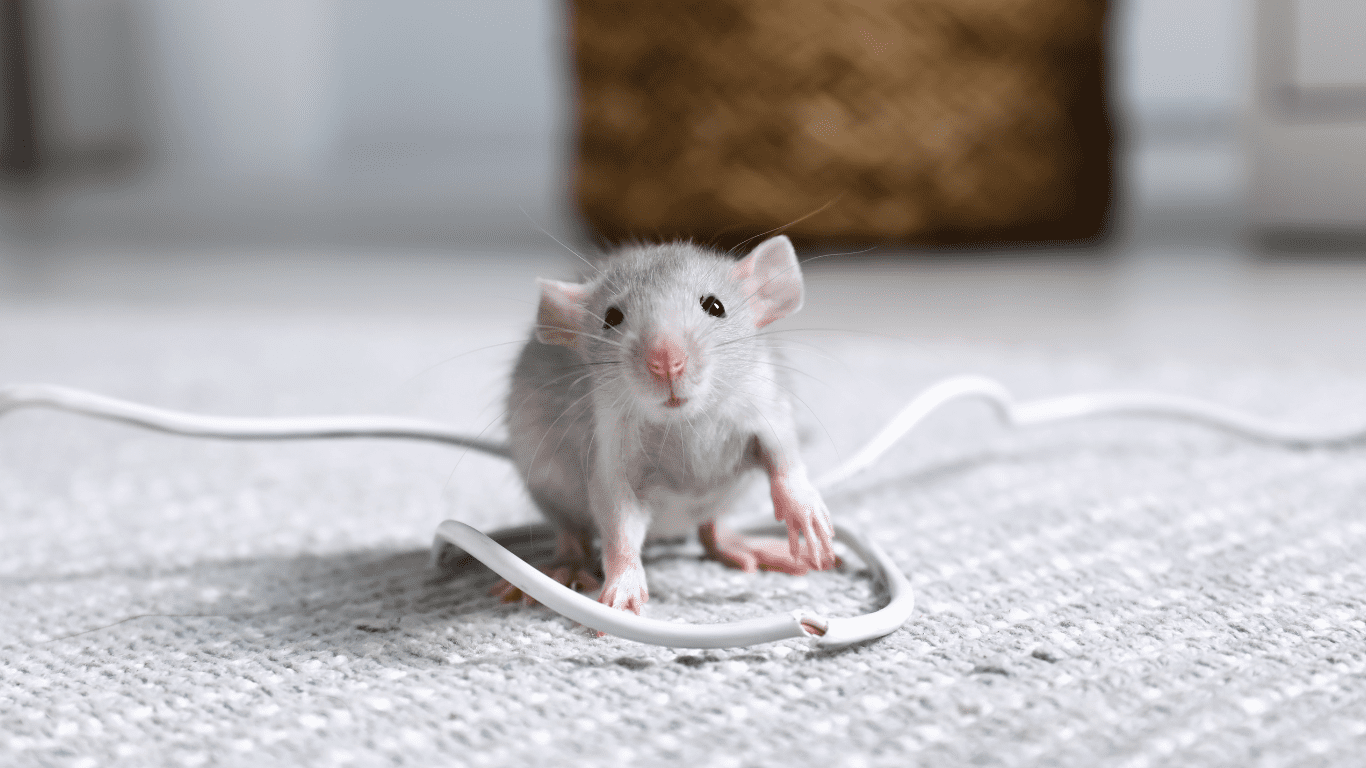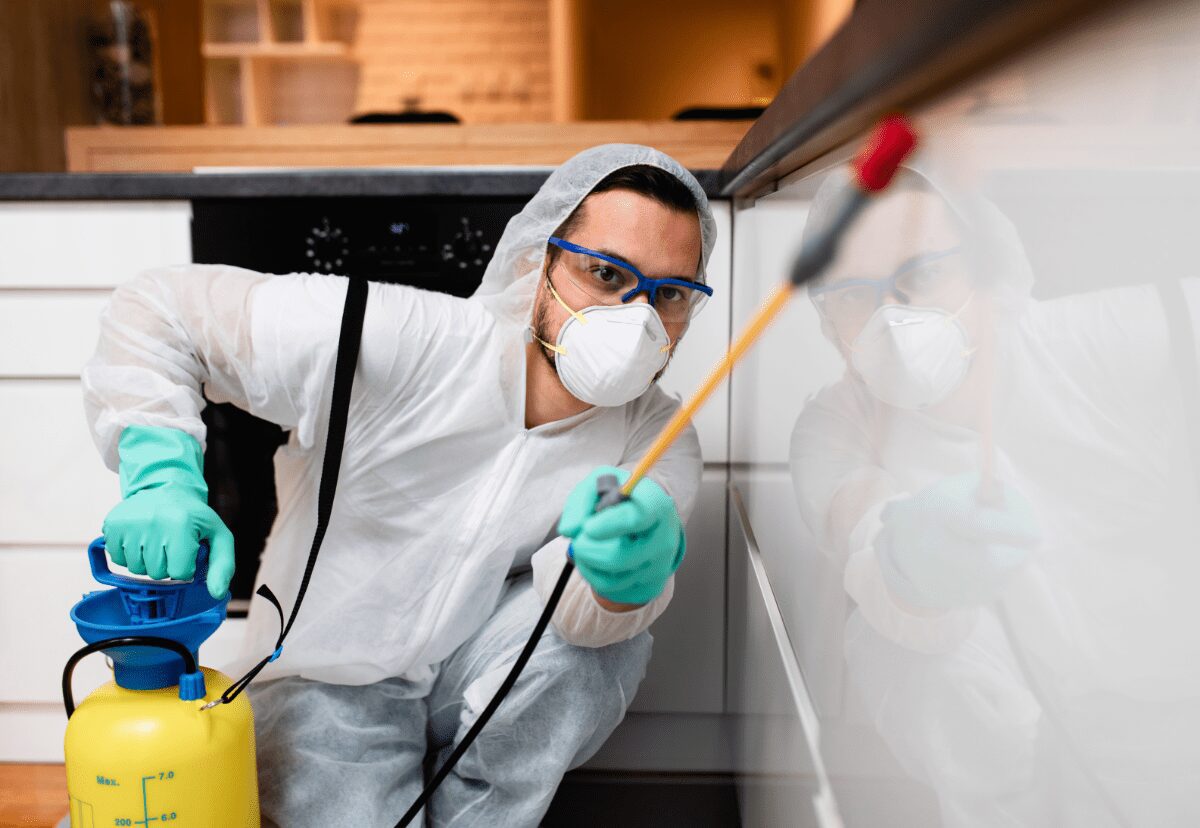the Dangers of Pests in Food Environments

In the realm of food environments, pests pose a significant and often underestimated threat. Beyond the instinctive discomfort they evoke, these uninvited guests bring along a host of dangers that can wreak havoc on businesses and compromise public health. From restaurants to food manufacturing facilities, the presence of pests isn’t just a nuisance—it’s a serious hazard.
1. Contamination of Food Supply
Pests such as rodents, cockroaches, and flies are notorious carriers of diseases and bacteria. Their presence in food environments can lead to contamination of food and surfaces, causing foodborne illnesses. This contamination can occur through direct contact, droppings, urine, or simply by the pests walking over food preparation areas.
2. Health Risks
The health risks associated with pests in food environments cannot be overstated. Allergens from cockroach droppings or the pathogens carried by rodents can trigger allergic reactions and respiratory issues in both customers and staff. Moreover, certain pests like mosquitoes and flies are known vectors for diseases, potentially transmitting harmful illnesses.
3. Structural Damage
Pests don’t limit their disruption to health concerns alone; they can also cause structural damage. Rodents gnawing on wires, cockroaches infesting machinery, or termites compromising the infrastructure can lead to significant financial losses due to repair and replacement costs.


4. Reputation Damage
Pests don’t limit their disruption to health concerns alone; they can also cause structural damage. Rodents gnawing on wires, cockroaches infesting machinery, or termites compromising the infrastructure can lead to significant financial losses due to repair and replacement costs.
5. Regulatory Compliance Issues
Regulatory bodies have stringent guidelines and standards for food safety and hygiene. Pests in a food environment can result in violations and legal consequences, leading to fines, closure orders, or even legal actions.


Tips for Mitigating the Risks:
– Regular Inspections and Maintenance: Conduct routine inspections to identify and address potential entry points for pests. Seal cracks, gaps, and holes in walls, floors, and around pipes.
– Hygiene Practices: Maintain impeccable cleanliness by regularly cleaning and sanitizing food preparation areas, disposing of waste promptly, and eliminating food sources that attract pests.
– Employee Training: Educate staff on the importance of hygiene, early detection of pest signs, and proper reporting procedures.
– Professional Pest Management: Collaborate with pest control experts who can provide preventive measures, conduct regular inspections, and take swift action if an infestation occurs.
In conclusion, pests in food environments are not merely an inconvenience; they pose severe risks to health, safety, finances, and reputation. Proactive measures, strict hygiene practices, and collaboration with pest control professionals are imperative in safeguarding both businesses and consumers from the lurking dangers these pests bring.






